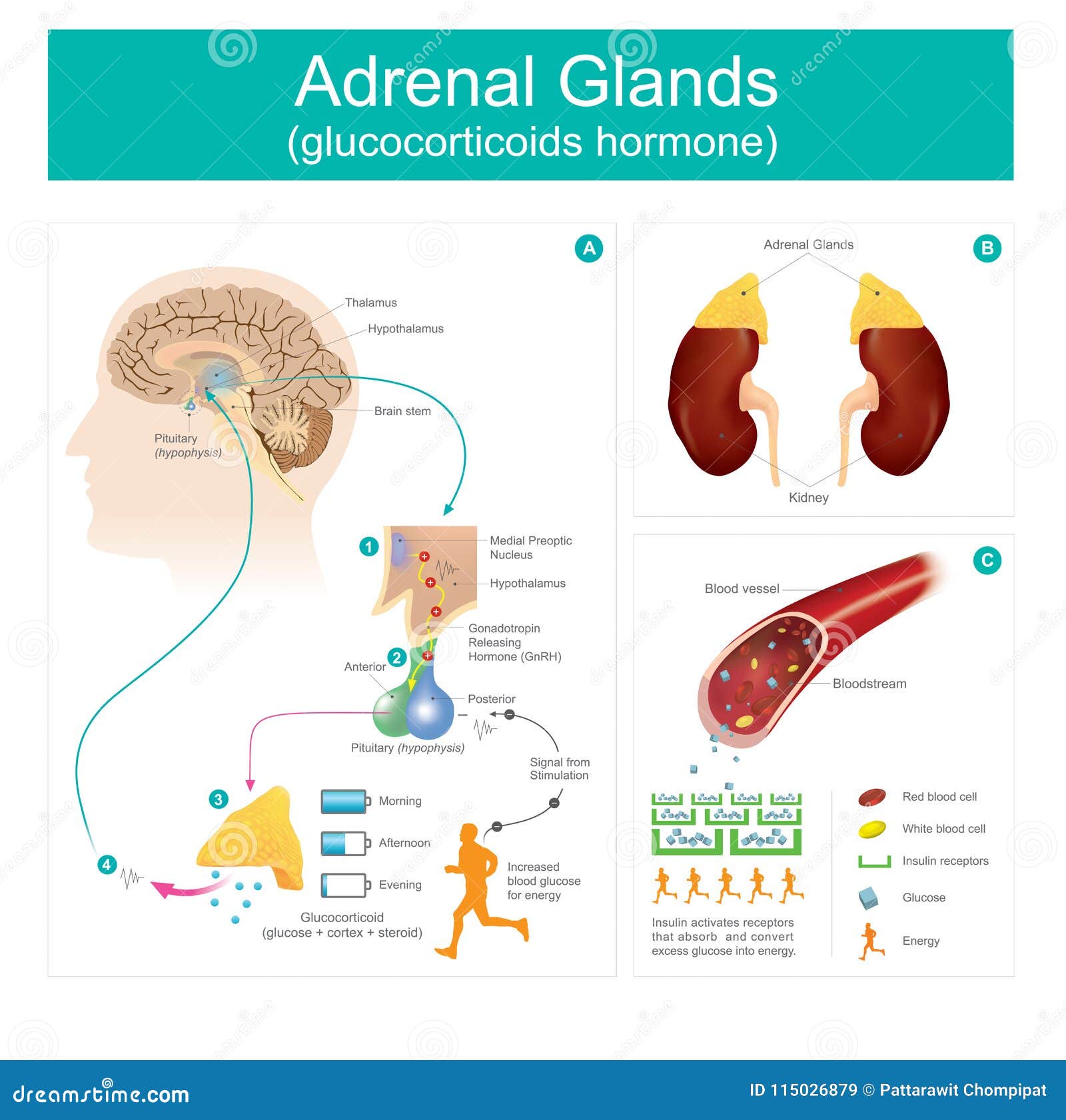

The adrenal hormone DHEA and androstenedione are important precursors of peripheral anti-inflammatory androgens and low levels have been considered a susceptibility biomarker in studies of rheumatoid arthritis in premenopausal-onset women. Straub, in The Origin of Chronic Inflammatory Systemic Diseases and their Sequelae, 2015 DHEA and the Risk of Developing a Chronic Inflammatory Systemic Disease 8,9įinally, by improving our understanding of MR signaling we have reshaped our vision of aldosterone beyond its classic role in electrolyte regulation to include newly discovered roles of MR in extrarenal tissues and a potential pathogenic role in cardiometabolic disorders. Also, besides the well-known effects of sodium (Na +) and potassium (K +) on aldosterone regulation, new mechanisms include inadequate aldosterone feedback of adipocyte releasing factors, such as leptin and alternative MR modulators. Likewise, aldosterone not only works through a classic nuclear receptor but also through a cell-surface receptor that regulate diverse intracellular events. 7 Intriguingly, the function of aldosterone in these cells is different from the classic renal actions and could be explained by different signaling mechanisms and/or tissue-specific modulators. 6 Moreover, the MR has been identified in a wide variety of tissues beyond epithelial cells, which includes endothelial cells (ECs), vascular smooth muscle cells (VSMCs), fibroblasts, adipocytes, and myocytes. 4 We also learned that a local regulatory system modifies tissue levels of cortisol to improve aldosterone selectivity 5 and that steroid receptor signaling includes rapid nongenomic effects.



Novel evidence has shown that aldosterone and the RAAS can also be locally synthesized by adipose tissue. Over the last decades, our conventional understanding of aldosterone biosynthesis and signaling has been dramatically challenged. 2 Two decades after, it was described that aldosterone acted through a specific steroid receptor that was named the mineralocorticoid receptor (MR). 1 Then followed the enzymatic activity of renin and the production of angiotensin (formerly hypertensin/angiotonin) in the 1940s and the isolation of aldosterone by the Taits (formerly electrocortin) in the 1950s. Romero, in Textbook of Nephro-Endocrinology (Second Edition), 2018 1 IntroductionĪdrenal hormones from the cortex, such as cortisol and aldosterone, are essential for human life and evolved with a complex regulatory system to play a crucial role in metabolism homeostasis, stress response, and blood pressure (BP) regulation.ĭespite their importance in human physiology for millions of years, the history of the renin–angiotensin–aldosterone system (RAAS) only starts by the end of the 19th century with the discovery of renin by analyzing the effect of renal extracts on arterial pressure.


 0 kommentar(er)
0 kommentar(er)
